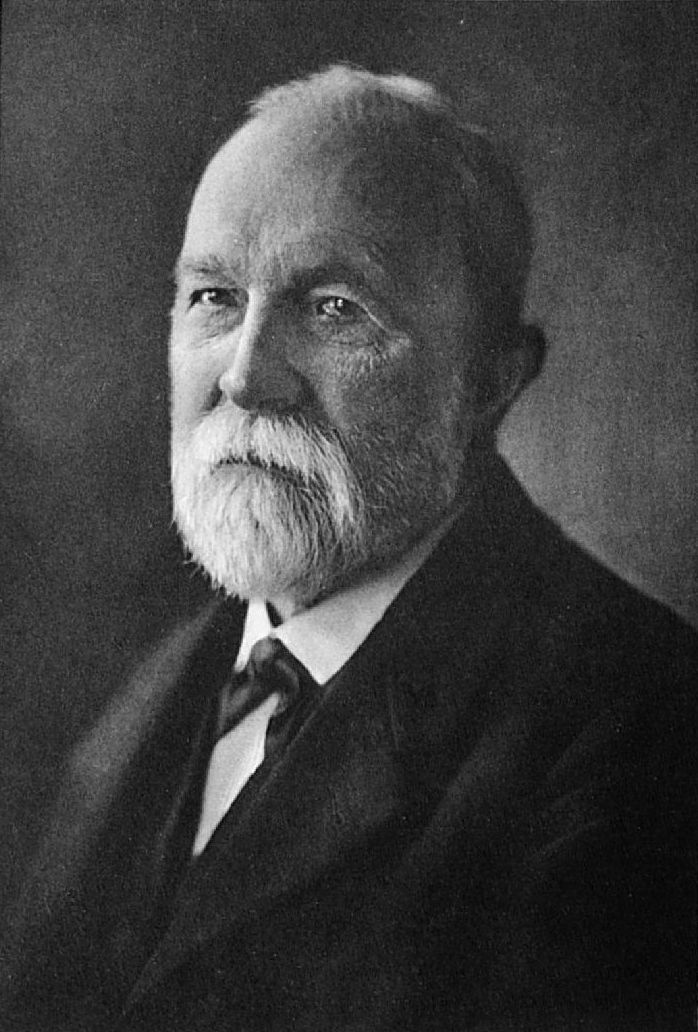|
Chrysopetalum
''Chrysopetalum'' is a genus of polychaete worms. Genus description Feet uniramose, furnished with only one tuft of setae. Headlobe with four or (?) two eyes, a tentacle, two antennae, and two palpi. The first segment of body provided with four cirri on each side ; the succeeding segments with a cirrus on each side. Body nearly as broad as long. Branchiae placed on each seg- ment, on each side of body, disposed in a fan-shaped row of flat setae or paleae. Paleae broad and rather short. Baird, W. 1870, Contributions towards a Monograph of the Species of Annelides belonging to the Amphinomacea, with a List of the known Species, and a Description of several new Species (belonging to the group) contained in the National Collection of the British Museum. To which is appended a short account of two hitherto nondescript annulose animals of a larval character. ''Journal of the Linnean Society The Linnean Society of London is a learned society dedicated to the study and dissemination ... [...More Info...] [...Related Items...] OR: [Wikipedia] [Google] [Baidu] |
Bhawania Goodei
''Bhawania goodei'' is a species of polychaete worms in the family Chrysopetalidae Chrysopetalidae is a family of polychaete worms. The body is short or elongated, with few or numerous segments. All segments bear on their dorsal side a fan or a transverse row of paleae. The cephalic lobe has tentacles and eyes and the buccal se .... It is found in tropical waters around the world. It was described from Bermuda. References External links * ''Bhawania goodei'' at the World Register of Marine Species (WoRMS) Phyllodocida Animals described in 1884 Fauna of Bermuda {{annelid-stub ... [...More Info...] [...Related Items...] OR: [Wikipedia] [Google] [Baidu] |
Ernst Ehlers
Ernst Heinrich Ehlers (11 November 1835 – 31 December 1925) was a German zoologist born in Lüneburg. He studied medicine and natural sciences at the University of Göttingen, earning his doctorate in 1861. Here he was influenced by Rudolf Wagner (1805–1864) and Wilhelm Moritz Keferstein (1833–1870). In 1869 he became a full professor of zoology, comparative anatomy and veterinary medicine at the University of Erlangen. From 1874 to 1919, he was a professor of zoology and comparative anatomy in Göttingen. In 1890 he was one of the founders of the ''Deutschen Zoologischen Gesellschaft'' (German Zoological Society). He was a leading authority on polychaetes, and is credited with describing many invertebrate species new to science. The polychaete genus ''Ehlersia'' ( de Quatrefages, 1866) from the family Syllidae is named after him. Selected writings * ''Die Borstenwürmer (Annelida Chaetopoda) nach systematischen und anatomischen Untersuchungen dargestellt'', (1864-68) � ... [...More Info...] [...Related Items...] OR: [Wikipedia] [Google] [Baidu] |
Linnean Society
The Linnean Society of London is a learned society dedicated to the study and dissemination of information concerning natural history, evolution, and taxonomy. It possesses several important biological specimen, manuscript and literature collections, and publishes academic journals and books on plant and animal biology. The society also awards a number of prestigious medals and prizes. A product of the 18th-century enlightenment, the Society is the oldest extant biological society in the world and is historically important as the venue for the first public presentation of the theory of evolution by natural selection on 1 July 1858. The patron of the society was Queen Elizabeth II. Honorary members include: King Charles III of Great Britain, Emeritus Emperor Akihito of Japan, King Carl XVI Gustaf of Sweden (both of latter have active interests in natural history), and the eminent naturalist and broadcaster Sir David Attenborough. History Founding The Linnean Society w ... [...More Info...] [...Related Items...] OR: [Wikipedia] [Google] [Baidu] |
Phyllodocida
Phyllodocida is an order of polychaete worms in the subclass Aciculata. These worms are mostly marine, though some are found in brackish water. Most are active benthic creatures, moving over the surface or burrowing in sediments, or living in cracks and crevices in bedrock. A few construct tubes in which they live and some are pelagic, swimming through the water column. There are estimated to be more than 4,600 accepted species in the order. Characteristics Phyllodocida are segmented worms and range in size from a few millimetres long to over a metre. Each segment bears a pair of paddle-like parapodia. The prostomium generally has one or two pairs of eyes, a dorsal pair of antennae, a ventral pair of sensory palps and a pair of organs on the neck. The peristomium is a ring, often hidden dorsally by the prostomium and the first segment. There is a muscular proboscis with one or more pairs of jaws. The next few segments tend to differ from those further back in having enlarged ... [...More Info...] [...Related Items...] OR: [Wikipedia] [Google] [Baidu] |

.jpg)